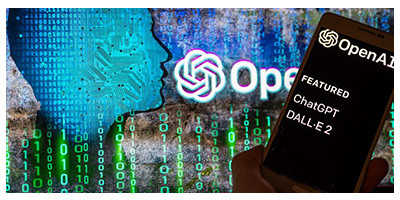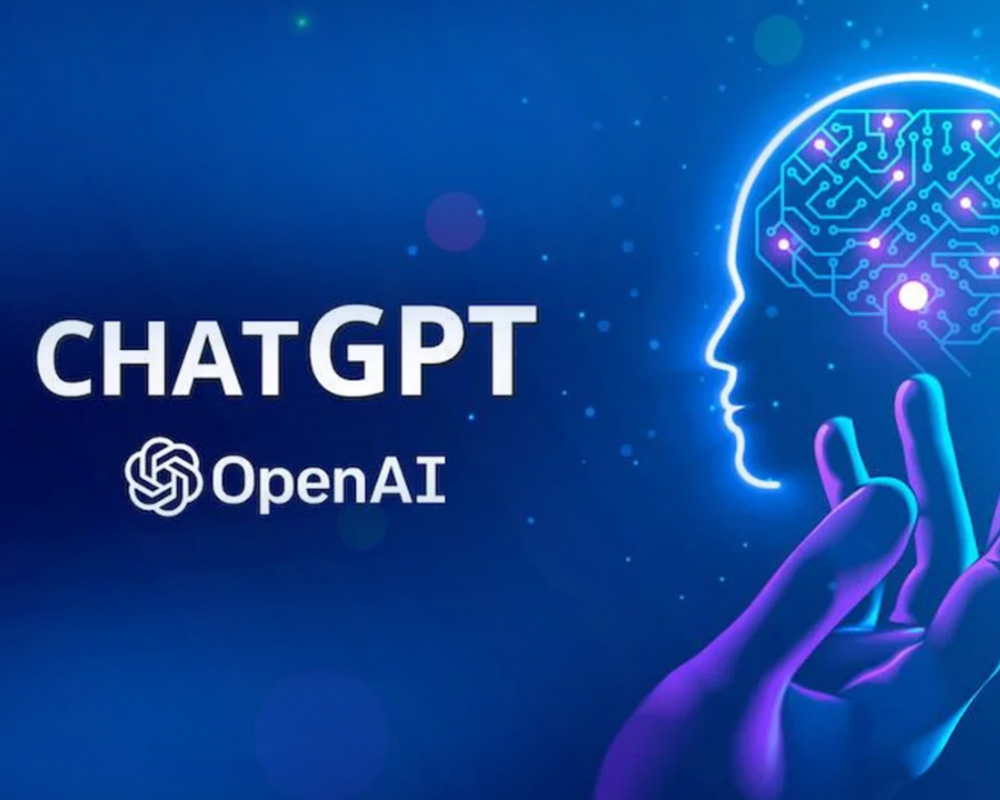Artificial intelligence that can converse with people in language and respond to nearly any inquiry they might have has long been a promise of science fiction. Over the past week, ChatGPT has dominated social media as users have demonstrated the variety of uses for the application.
It acquired more than a million users in only five days, a feat that took streaming service Netflix three years and social media site Meta (previously Facebook) 10 months to match.
OpenAI launched the ChatGPT language learning Artificial Intelligence model. The chat tool employs the company’s GPT3 or Generative Pre-Trained Transformer 3 technology to let users converse with the AI about nearly anything. It has supporters, including Elon Musk and Microsoft.
With ChatGPT’s AI-powered natural language processing tools, people may converse with a chatbot in a way similar to that of a human person while simultaneously accomplishing a lot more. The language model can answer people’s inquiries, which helps them with things like writing emails, essays, and computer code. Currently, the use is free for everyone as ChatGPT is yet in the feedback and research-gathering phase. The Internet has undergone a revolution as a result of ChatGPT’s wide capabilities.
ChatGPT: How does it Work?
The recent update to OpenAI’s portfolio of AI tools, which includes DALLE 2 for image production, is ChatGPT.
It is a machine learning model or transformer that interprets and analyses sequential data, like text written in natural language. It functions like the human brain, using networked “neurons” that can learn to recognize patterns in data and predict what will happen next.
It was taught with the help of a machine learning technique named RLHF, or Reinforcement Learning from Human Feedback, where human trainers acted as both the user and the AI chatbot in talks for the model. It was trained using a tonne of Internet data, including conversations.
ChatGPT responses can sound natural and human thanks to this type of learning. The bot does more than just recite the text that it has learned, though.

ChatGPT: Offering Prospects to Firms
Generating Ideas
By offering ideas and inspiration, ChatGPT can help in idea generation. For example, using trends and consumer input, a product development team could utilize it to come up with a list of prospective features for a new product.
Providing Aftercare Services
After a consumer purchases a product, ChatGPT can help by giving them customized instructions and support. Customer support teams can greatly benefit from this when creating FAQs, troubleshooting manuals, and product use instructions.
Translation of Text
Text translation assistance is available from ChatGPT, which can produce precise translations in just a few seconds. Do you now employ translation services frequently? Quite likely, people won’t have as much to do anymore! Simply create a first draught with ChatGPT, then have a translator review it.
Coding and Bug-Fixing
By producing code snippets and making code-improvement recommendations, ChatGPT can help with coding. Developers may then use it to both produce code for particular tasks like data validation or error handling and to find and correct faults in existing code. They will have plenty of time saved, which they can use on more important and difficult activities.
Every AI tool comes with a few benefits and drawbacks. Here are some of the threats of ChatGPT to the business.
Absence of Responsibility
As an AI model, ChatGPT lacks the capacity to accept responsibility for its deeds. When something goes wrong, like giving out inaccurate or improper information, this could cause issues. Businesses may find it challenging to identify who is responsible in these instances and how to lessen the harm.
Companies Deteriorate with Time
The likelihood that chat-based AI may render some firms obsolete or redundant is one of the main worries about it. The development of ChatGPT may have an impact on, for instance, translation or content production services. Companies that offer these services risk going out of business because machine translation software can create accurate translations and high-quality content in a bit of time compared to the human.
Monetary Fraud
Cybercriminals can use ChatGPT to carry out a variety of fraud schemes, from invoice fraud to business identity theft. Criminals may, for instance, utilize the chatbot to trick users into sharing private information, and then use that information for scams or carefully targeted phishing attacks. For businesses, this may result in reputational harm, financial losses, and legal liabilities.
Privacy dangers
A sizable corpus of text from the Internet, possibly containing personal information, served as the training data for ChatGPT. Privacy hazards may result from this, including the illegal disclosure of personal data or the development of targeted advertising. Companies must be aware of these dangers and implement the necessary safeguards to secure customer information.
Closing Note:
People can see a revolution happening. OpenAI made its natural language generator available to the public following the stunning presentation of its Dall-E 2 image generator. Since then, it has taken off like wildfire, gaining more than 100 million users in just its first two months, becoming the most popular consumer application in history and the word of the year.
In addition to receiving this precious cache of information, ChatGPT has been schooled in the art of interaction by reading countless written transcripts of human conversations and being coached by human editors to improve the caliber of what it writes.




